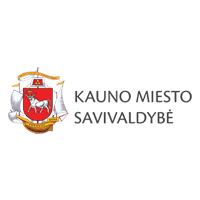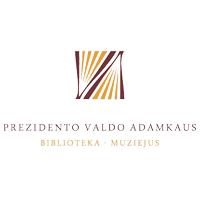To get acquainted, to understand and to take pride – this was the slogan of the Historical Presidential Palace at the outset of the 5-year-project “Waiting for the Centennial: the Most Significant Events of the First Republic of Lithuania.” The team of the museum was the first to focus on the approaching centennial anniversary of the modern State of Lithuania. It sought for forms of activity exerting longterm influence on the society. Thus the ephemeral noisy campaigns were rejected and instead focus was laid on activities promoting coherent cognition of the history of the State and participation in the events.
During the four years of the project, the society was introduced to 400 most significant events taking place in the First Republic of Lithuania by getting involved in the festive activities of the 16th of February, intellectual games, voting in the premises of the museum as well as online. Historians of the museum carefully selected and described all the most important events of the epoch seeking to reveal all the hues of the political, economic, social and cultural life of the First Republic of Lithuania. Apart from the elements of the structure of the State of fundamental importance, such as the proclamation of the Act of Reinstating Independence of Lithuania, the Constitution, etc., diplomacy (recognition of Lithuania de jure and de facto, international treaties, ultimatums, etc.), national politics (elections of the Parliament and the President, creation of the armed forces and the police of Lithuania, etc.), education (the founding of the University of Lithuania, the education reform, etc.), social care (the first modern child care institution, construction of hospitals, etc.), equal importance should also be assigned to the outstanding events in sports (National Olympic Games, new sports infrastructure, international achievements of sportspeople, etc.), culture (museums and cinemas were opened, Lithuanian films were shot, etc.), finances and economy (introduction of the national currency Litas, the agricultural reform, etc.), communication and transport (the founding of the postal service and the radiophone, construction of new bridges, etc.), which prominently expanded our knowledge about the two initial decades of the modern Lithuania.
For four years, the society actively voted (more than 20,000 ballots were received) thus selecting the 100 most significant events out of 400 options. During the fifth stage of the Project, the events were rated in terms of importance and visualized in this exhibition. Visualization includes photos, documents, and authentic relicts borrowed from more than 40 various institutions such as state archives, libraries, museums and private donors as well.
The attitude of the contemporary society of Lithuania towards the First Republic of Lithuania is revealed not only by the results of the voting but also by a short film shown during the exhibition. The authors of the film, a team of students of Vytautas Magnus University supervised by Laisvūnas Karvelis, talked to the present-day heroes inspiring their communities and creating history by their hard work and social activities.
The team of the project of the Historical Presidential Palace “Waiting for the Centennial: the Most Significant Events of the First Republic of Lithuania” hopes that the present exhibition will contribute to multilateral cognition of the period of the First Republic of Lithuania, promote better understanding of various processes taking place at the time and provide solid background for taking pride in one’s country.



















